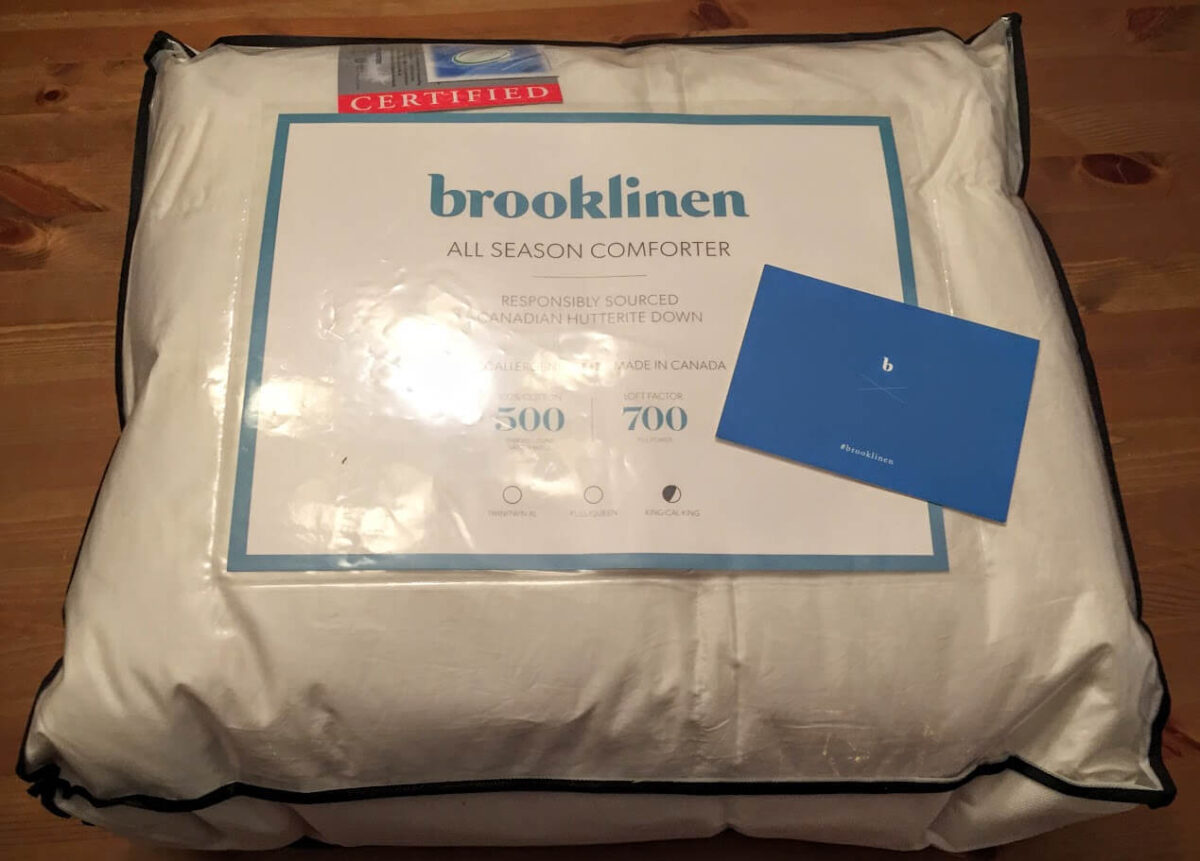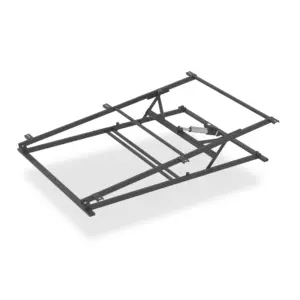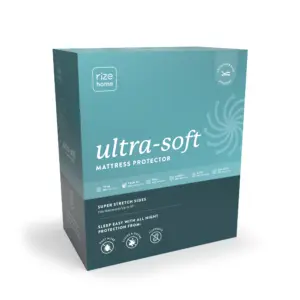The Definitive Guide to Wool Blankets for Wildfire Protection
When it comes to wildfire safety, having the right tools can make all the difference. Among these, wool blankets uniquely combine fire resistance with comfort, proving to be invaluable during emergencies. In this guide, we’ll delve into the essential benefits of wool blankets, why they stand out for wildfire protection, and how they compare to modern alternatives.
Why Choose Wool Blankets for Wildfire Protection?
Wool blankets are more than just cozy textiles; they are essential tools in the face of high-risk wildfire situations. Here are the top three benefits that make them a preferred choice for many:
Natural Flame Resistance
One of the most crucial features of wool blankets is their inherent flame resistance. Unlike synthetic materials that ignite easily, wool has a high ignition temperature, meaning it requires a significant amount of heat to catch fire. This characteristic is especially critical during wildfires, where intense heat is prevalent.
Wool’s flame-resistant properties stem from its unique chemical structure, which demands more oxygen to sustain combustion compared to other materials. In practical terms, this means that wool often self-extinguishes when the flame source is removed, offering an additional layer of safety. Furthermore, when exposed to fire, wool forms a char layer that reduces heat transfer, increasing insulation and protection from flames.
Insulation and Breathability
Wool is celebrated not only for its flame resistant properties, but also for its exceptional insulation capabilities. The natural fibers trap air, helping to maintain body temperature in extreme conditions—whether hot or cold. During a wildfire, where temperatures can swing dramatically, having a reliable insulator is vital.
Moreover, the breathability of wool is a significant advantage. It efficiently wicks away moisture, keeping you dry and comfortable under stress. This moisture-wicking capability ensures that even in the most intense situations, you won’t suffer from excessive sweating or discomfort, allowing you to focus on safety and escape.
Durability and Versatility
Wool blankets are remarkably durable, capable of withstanding harsh environments without sacrificing their integrity. Lightweight yet robust, they can be utilized in various emergency scenarios, from providing warmth during chilly nights to serving as makeshift shelters.
This versatility is crucial when thinking about wildfire protection. A wool blanket serves not only as a comforting layer but also as a reliable option for self-defense against the unpredictable nature of wildfires.
Comparing Wool Blankets to Modern Alternatives
While wool has long been a staple in fire safety, advancements in textile technology have introduced options that may rival traditional wool blankets. Let’s explore some modern alternatives to understand how they stack up against wool.
Advantages of Modern Textiles
Modern fire-retardant textiles bring several benefits to the table:
1. Lightweight and Compact: New fabrics are often lighter and require less storage space than wool blankets, which is especially important during emergencies when portability matters.
2. High Tensile Strength: Many synthetic textiles boast impressive tear resistance and durability, making them ideal for high-stress environments like wildfires.
3. Superior Heat Protection: Certain advanced materials provide up to 300% greater heat protection than wool, efficiently blocking radiant, convective, and conductive heat.
4. No Sustained Flames: Unlike wool, which can emit smoke and carbon monoxide when ignited, some new fabrics are engineered not to sustain flames, mitigating the risk of inhaling harmful gases.
Limitations of Wool Blankets
While wool blankets offer unique benefits, they also come with limitations:
– Bulkiness: Many wool blankets can be cumbersome, making them challenging to transport or store, especially in tight spaces.
– Smoke Emission: Though naturally flame-resistant, wool can still produce dense smoke and carbon monoxide under certain conditions, posing risks.
– Lower Heat Protection: While offering decent insulation, wool doesn’t match the advanced heat-resistant qualities found in modern textiles.
Selecting the Right Fire Blanket
When choosing a fire blanket for wildfire protection, it’s important to weigh key features:
Thickness and Material Composition
The effectiveness of a fire blanket in insulating and shielding against heat often depends on its thickness. Wool blankets are traditionally thick for insulation but may lack the sleek designs of modern alternatives like advanced synthetic materials, which can provide similar protection with less bulk.
Portability and Stowing Options
In high-risk areas, the ability to carry and deploy your fire blanket quickly is imperative. Wool blankets can be heavier and take up more space, while modern blankets are typically designed to be lightweight and compact, making them easier to store in vehicles or emergency kits.
Personal Protection
Ultimately, the goal of any fire blanket is to act as a last line of defense. While both wool and modern textiles offer protection against heat, the latter often do so with lesser risks associated with smoke inhalation.
Conclusion
Wool blankets provide an exceptional mix of natural flame resistance, insulation, and breathability, making them a reliable choice for wildfire protection. However, modern alternatives introduce a range of benefits that may outshine traditional wool in specific situations. As you make preparations for potential wildfires, consider your choices carefully, whether that includes a wool blanket like Yawnder WoolGuard™ for its classic benefits or a modern option such as Yawnder FireShield™ for enhanced safety and portability.
In the face of wildfires, being well-prepared with the right protective gear—including blankets—can be a matter of safety and survival. Explore your options and choose wisely to ensure you stay safe while navigating the unpredictable risks of wildfire season.



















